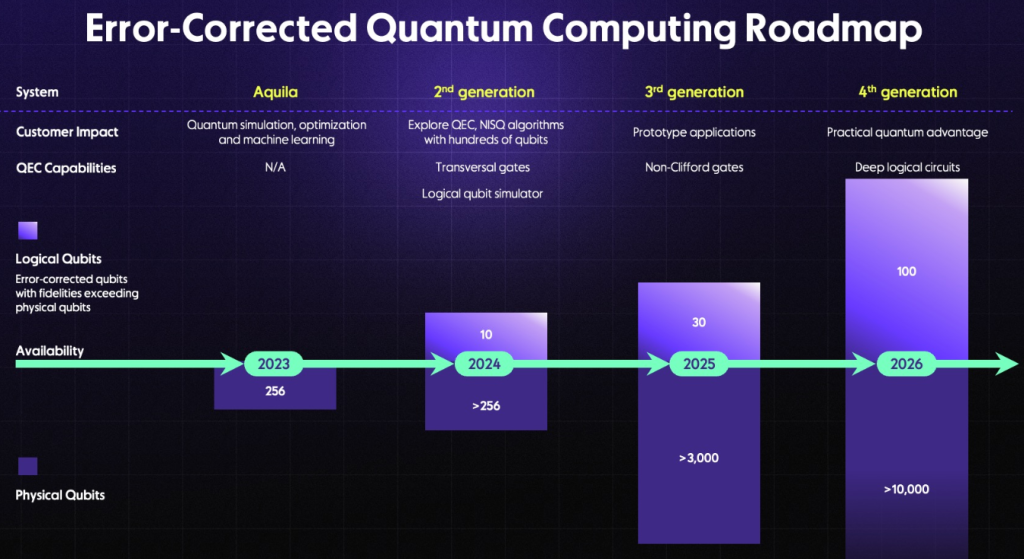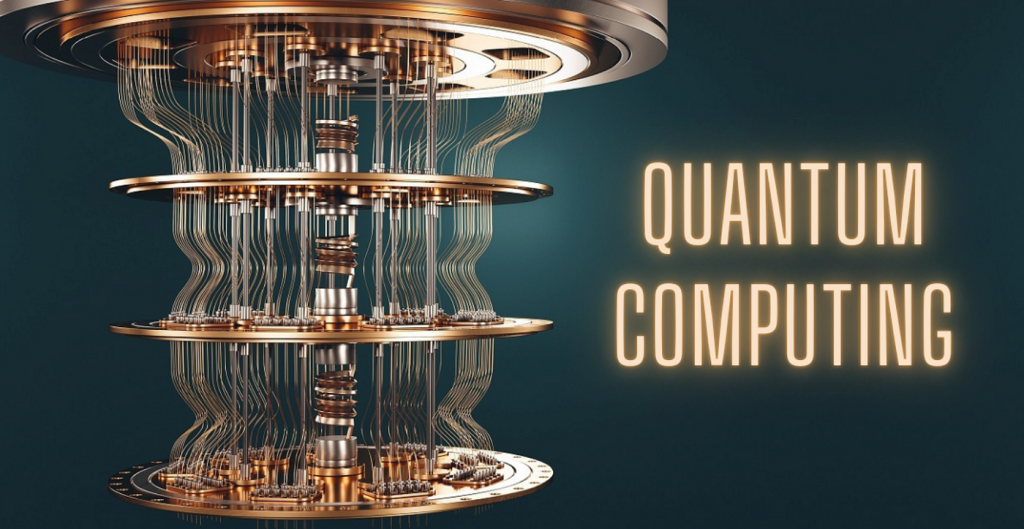
What is Fault-Tolerant Quantum Computing?
Quantum computers hold immense potential to solve complex problems that classical systems can’t. However, one major roadblock remains — quantum computers today are highly sensitive to errors. This is known as the decoherence problem.
Quantum bits, or qubits, are extremely delicate. They are affected by their environment, causing errors that can completely ruin computations. To make quantum computers reliable and useful for practical, real-world applications, fault-tolerance is key.
Fault-tolerant quantum computing refers to a quantum system that can detect and correct errors as they occur, ensuring that computations remain accurate even in the presence of noise or interference.
In this tutorial, we’ll explore:
- The current state of quantum error correction.
- The challenges in developing fault-tolerant quantum computers.
- What the future holds and how we’re progressing toward making quantum computers reliable and practical.
🧠 The Quantum Error Problem
To understand the importance of fault-tolerant quantum computing, we first need to grasp the issue with current quantum machines.
Today’s quantum computers are extremely powerful — but they are extremely fragile.
Why are Quantum Computers So Sensitive?
- Qubits can be easily affected by even the tiniest disturbances: from heat, electromagnetic fields, or even cosmic radiation.
- These disturbances can cause qubits to lose their quantum state, leading to errors in calculations.
- With more qubits, the probability of errors increases significantly, causing the system to become unreliable for anything beyond small, controlled experiments.
For quantum computers to be used for real-world applications (like in drug discovery, logistics, AI, or cryptography), we must overcome this error-prone nature of quantum systems.
🔥 The Stakes of Error-Free Quantum Computation

Without fault tolerance, quantum computers can’t be trusted for any critical applications. Imagine trusting a quantum system to manage your bank’s transactions, your medical data, or even your country’s security… if it could produce errors at any moment, how safe would you feel?
Here’s the reality:
- Quantum computers are powerful, but without fault tolerance, their utility is limited to very specific use cases — usually in controlled environments.
- We need to build systems that are resilient to the kinds of errors that arise from quantum noise and interference.
That’s why achieving fault-tolerant quantum computing is the holy grail of quantum research. It’s the key to moving from research labs to commercially viable quantum systems.
🚀 How We’re Progressing Toward Fault-Tolerant Quantum Computers

The Role of Quantum Error Correction (QEC)
To address this issue, researchers are developing quantum error correction (QEC) codes. These are mathematical algorithms designed to detect errors and correct them before they impact the outcome of a quantum computation.
Key Steps Toward Fault Tolerance
- Quantum Error Correction Codes:
- Shor Code, Steane Code, and Surface Codes are examples of error-correcting codes used in quantum computing. These codes encode logical qubits across several physical qubits, making the system more robust to errors.
- Surface codes are currently one of the most promising error correction methods because they are highly scalable.
- Logical Qubits:
- In a fault-tolerant quantum computer, logical qubits are encoded using multiple physical qubits.
- The idea is that even if individual physical qubits experience errors, the logical qubit will remain intact, and the system will correct the errors before they affect the result.
- Fault-Tolerant Gates:
- Quantum gates — which are operations applied to qubits — must also be fault-tolerant. This means they must be able to function correctly even in the presence of errors.
- Researchers are developing fault-tolerant quantum gates that can operate on logical qubits, allowing quantum computations to proceed even in imperfect conditions.
- Threshold Theorem:
- The Threshold Theorem is a key result in quantum error correction. It states that as long as the error rate of physical qubits is below a certain threshold, we can perform error correction and achieve fault tolerance.
- This is critical because it means that quantum computers can theoretically be made reliable if we can maintain error rates below the threshold.
Current Progress: What’s Happening in 2025?
While we’re not there yet, significant progress has been made:
- IBM, Google, and Microsoft are all researching and developing error-correction methods for their quantum systems.
- Quantum error correction codes have already been implemented in small-scale quantum systems.
- Quantum computing startups like IonQ, Rigetti, and Pasqal are experimenting with new ways to reduce errors and improve coherence times, inching closer to the goal of fault tolerance.
Example of Progress:
- In 2025, Google’s Sycamore processor used error correction methods to improve the accuracy of its quantum computations.
- IBM’s Condor processor (with 1121 qubits) is testing quantum error correction techniques that will eventually allow for reliable, large-scale quantum computers.
🎙 Expert Insights: What the Industry Leaders Are Saying
🧠 Dr. John Martinis (Google Quantum AI)
“Fault tolerance is the key to scaling quantum computers. We’ve proven quantum supremacy, but the real challenge is making quantum systems stable, scalable, and useful for solving global problems.”
🧠 Dr. Krysta Svore (Microsoft Quantum)
“We believe that topological qubits will eventually allow for inherently fault-tolerant systems. We’re still in the early stages, but this is a huge step toward commercial quantum computing.”
🧠 My View (2+ Years of Quantum Writing)
The race to fault-tolerant quantum computing will define the next decade. Once we solve the problem of quantum errors, the floodgates will open — quantum computers will be able to tackle real-world problems like drug discovery, global logistics, climate modeling, and financial optimization with unmatched speed and accuracy.
We’re very close. We just need a few more breakthroughs to get there.
❓ Frequently Asked Questions (FAQs)
Q1. What is fault-tolerant quantum computing?
Fault-tolerant quantum computing refers to a quantum system that can detect and correct errors automatically, ensuring accurate computation even in noisy environments.
Q2. Why is error correction necessary for quantum computers?
Quantum computers are highly susceptible to errors due to quantum noise. Error correction allows these systems to function reliably over long periods and for complex applications.
Q3. Are we close to building a fault-tolerant quantum computer?
We are making progress! 2025 marks the first large-scale implementations of quantum error correction, but we still need more breakthroughs to achieve full fault tolerance.
Q4. How will fault-tolerant quantum computing impact industries?
Once we achieve fault tolerance, quantum computers will be able to solve real-world problems faster than classical computers, leading to breakthroughs in healthcare, finance, cybersecurity, and climate science.
🚀 Final Thoughts
The road to fault-tolerant quantum computers is long and challenging, but we are making huge strides.
As quantum error correction methods improve, the quantum revolution will finally be within reach. And when we cross that threshold, quantum computers will be able to solve problems that were once thought impossible.
The future of quantum computing is bright — we just need to keep pushing through the challenges.
The payoff will be worth it.